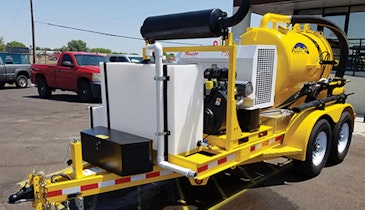Interested in Excavation?
Get Excavation articles, news and videos right in your inbox! Sign up now.
Excavation + Get AlertsUnderstanding soil conditions is crucial for any excavation project. The right soil can make your job a breeze, while the wrong one can lead to delays, headaches, and even safety hazards.
Here's a quick breakdown of the big three:
- Sand: Your best friend for fast drainage and easy digging. Those big, loose particles practically let your equipment glide through. Ideal for basements, footings, and any application where water needs to move freely.
- Silt: Think of it as sand's slightly stickier cousin. Drainage is decent, but it can hold onto some moisture. This makes silt a good option for trench work where stability is important, like for laying pipes or electrical conduit.
- Clay: The ultimate roadblock. Clay's tiny particles form a dense, sticky mess that can slow you down and require heavy-duty equipment. While not ideal for all projects, clay can be useful for creating a watertight seal in landfills or around hazardous materials.
Remember, most soil is a mix! The key is to identify the dominant type and plan accordingly. This can help you:
- Choose the right equipment: Sand might require a different excavator than heavy clay.
- Estimate project timelines: Clay excavation takes longer than digging through sandy soil.
- Ensure proper shoring and safety measures: Sandy or loose soil might require additional support to prevent cave-ins.
By understanding soil types, you can approach your next big or small project with confidence.





